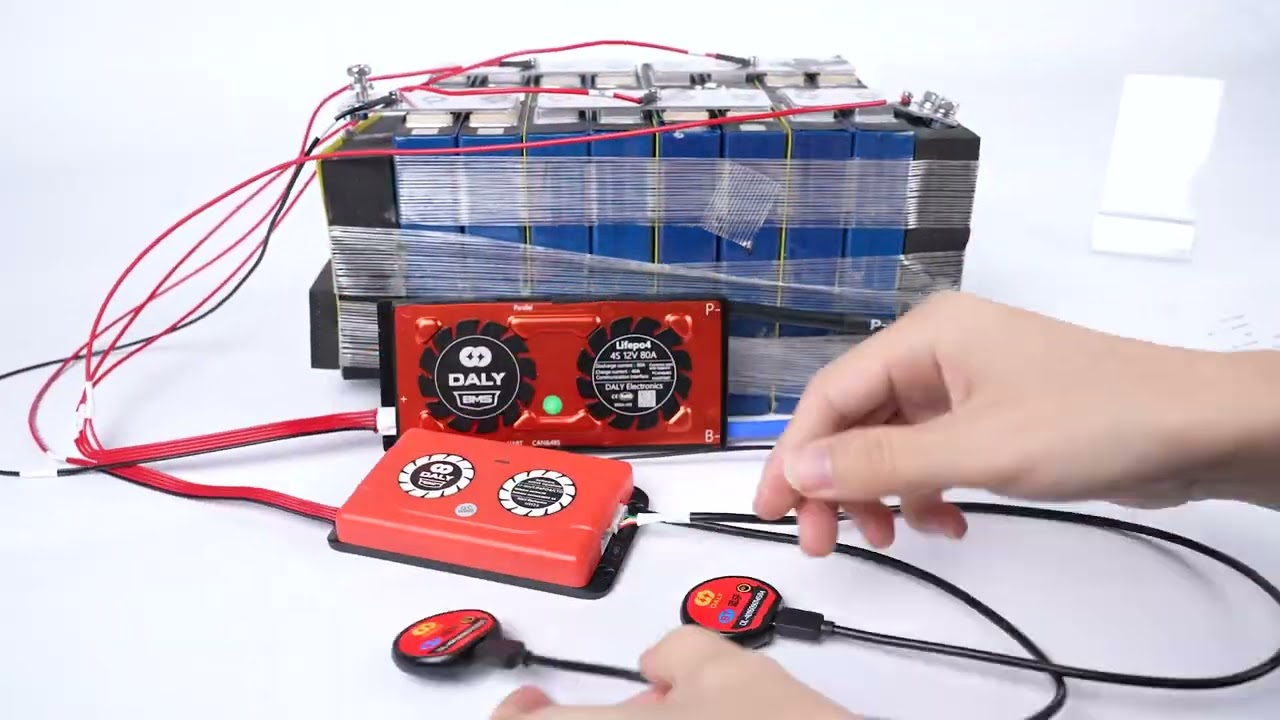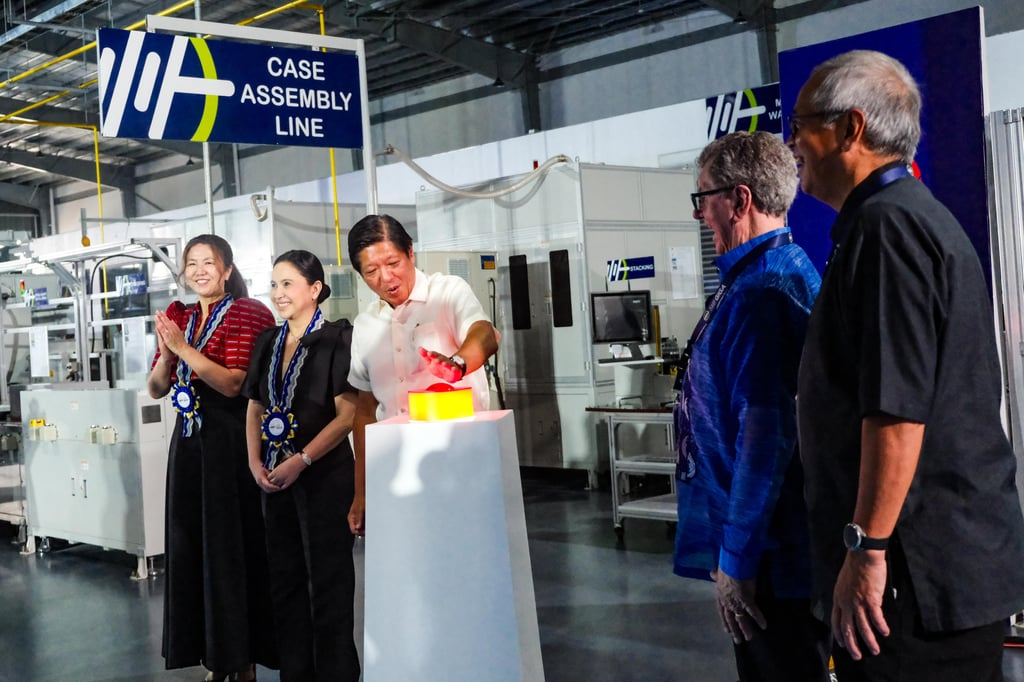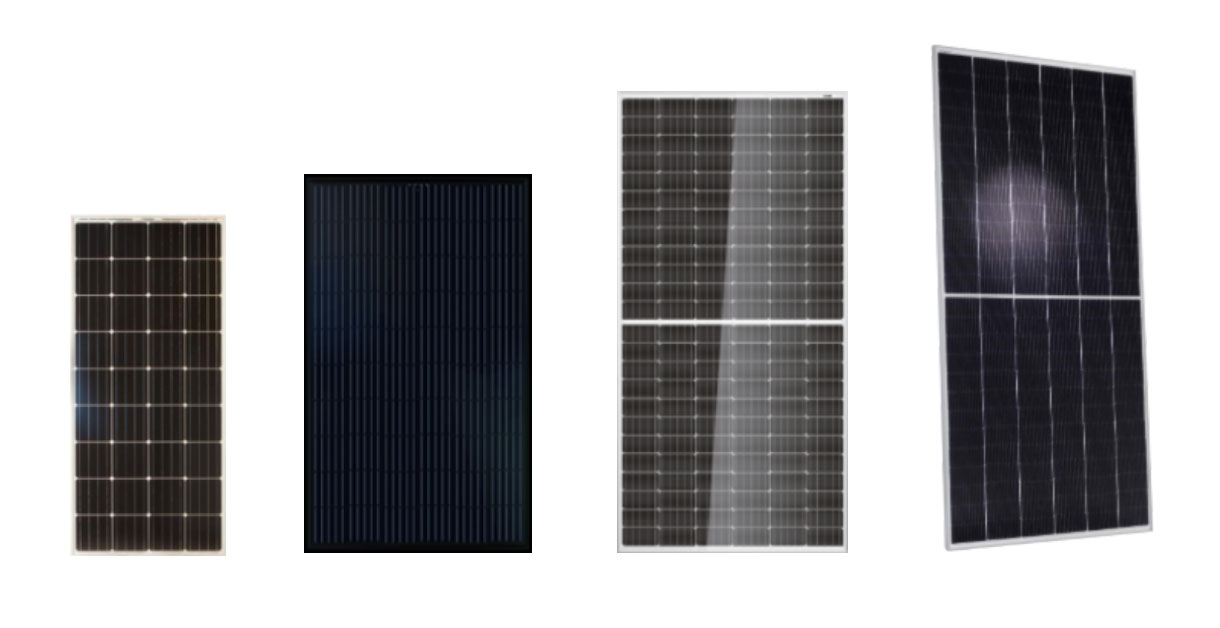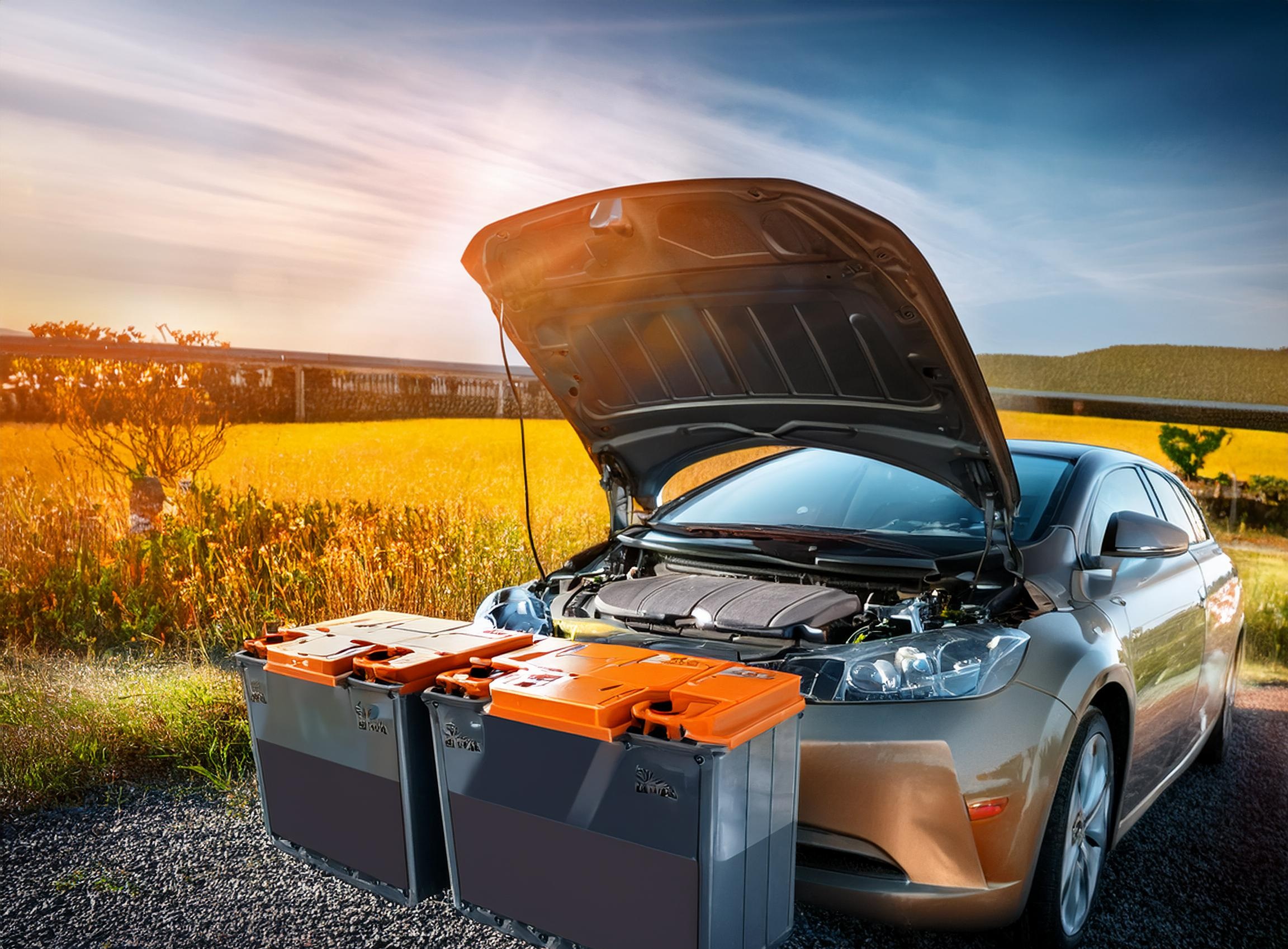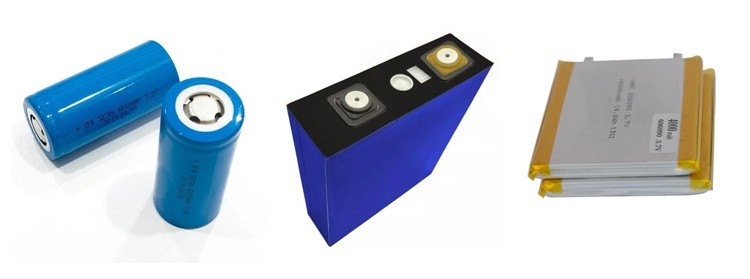What active balancer is right for my battery?
Choosing the right active balancer for your battery depends on the type of battery you have, the number of cells in the battery pack, and your performance requirements. Active balancers help equalize the charge across individual cells in a battery pack to ensure they charge and discharge evenly, which extends the lifespan of the pack and improves performance.
Key Factors to Consider:
1. Battery Chemistry:
- LiFePO₄ (Lithium Iron Phosphate): Active balancers are commonly used for LiFePO₄ batteries, especially in packs with multiple cells in series. Ensure the balancer is compatible with LiFePO₄ chemistry, as voltage ranges and balancing methods can vary from other types like lithium-ion (Li-ion) or lead-acid batteries.
2. Number of Cells:
- You need an active balancer that matches the number of cells in your battery pack (e.g., 4S, 8S, 16S). For example, a 4S balancer is designed for a pack with 4 cells in series, while a 16S balancer would be used for a 16-cell series pack.
- Choose an active balancer with enough channels to cover all cells in your pack. Some balancers are scalable, allowing them to work with a range of cell counts by configuring the system.
3. Balancing Current:
- Balancing current is a key specification that determines how quickly the balancer can equalize cells. Higher balancing current means faster balancing but can generate more heat.
- For larger battery packs, or for applications where precise and fast balancing is critical (like electric vehicles or large solar storage systems), you may want an active balancer with a higher balancing current (e.g., 1A or higher).
- For smaller packs or less demanding applications, a lower balancing current (e.g., 0.5A) may be sufficient.
4. Balancing Efficiency:
- Active balancers are generally more efficient than passive balancers because they redistribute energy from high-voltage cells to low-voltage cells rather than dissipating excess energy as heat. Look for a balancer with high efficiency, which reduces energy losses and heat generation.
- Some advanced active balancers feature bidirectional energy transfer, further enhancing balancing efficiency.
5. Voltage Range:
- Ensure the active balancer supports the voltage range of your battery cells. For LiFePO₄, this is typically around 2.5V to 3.65V per cell. Verify that the balancer’s specifications align with this range to avoid overcharging or undercharging your cells.
6. Integrated vs. External Balancer:
- Integrated Balancer: Some Battery Management Systems (BMS) come with built-in active balancing. If your BMS already includes active balancing, you may not need a separate balancer.
- External Balancer: If your BMS doesn't have balancing, or if you're upgrading your existing battery pack, an external active balancer may be necessary. External balancers can be added to almost any battery system, allowing more flexibility in upgrading an existing pack.
7. Use Case and Application:
- Electric Vehicles (EVs): High-performance applications like EVs require a balancer with higher balancing current (typically 1A or more) to quickly balance large packs during charging or discharging.
- Solar Storage Systems: In solar storage systems, where the battery charges and discharges slowly, a balancer with lower balancing current (0.5A or less) may be sufficient.
- Off-Grid and RV Applications: Similar to solar storage systems, off-grid applications and RVs benefit from balancers that ensure the battery stays healthy over long periods of charging and discharging cycles.
8. Advanced Features:
- Monitoring Capabilities: Some active balancers come with Bluetooth or Wi-Fi monitoring, allowing you to keep an eye on the voltage of individual cells and the balancing process in real-time via a smartphone or computer app.
- Protection Features: Look for balancers with built-in protection circuits to prevent over-voltage, under-voltage, over-temperature, or over-current conditions. These protections help safeguard both the balancer and your battery pack.
Popular Active Balancer Options:
JBD/Overkill Solar Active Balancers:
- These are well-known for balancing LiFePO₄ packs and are often used in DIY solar setups and electric vehicles.
- Offer good balancing current (typically 0.5A to 1A) and come with a BMS with integrated balancing.
Heltec Active Balancers:
- Popular for LiFePO₄ applications, Heltec offers scalable solutions (e.g., 4S to 16S) with balancing currents around 1A.
- They are easy to use and often come with Bluetooth connectivity for real-time cell monitoring.
Daly Active Balancers:
- Daly offers a range of active balancers with different cell configurations (4S to 16S) and current ratings (0.5A to 1A).
- These are suitable for both large-scale and smaller applications like RVs and solar storage.
DIY Active Balancers:
- For those who are comfortable with DIY setups, some hobbyists build their own active balancers using MOSFETs and other components. This can be cost-effective but requires careful design and testing.
Conclusion:
The right active balancer for your battery depends on your specific application, the number of cells in your battery pack, and your performance needs. Here’s a quick guide:
- For small battery packs (e.g., solar storage, off-grid, RVs): Look for a balancer with around 0.5A balancing current and voltage support for LiFePO₄ cells (2.5V-3.65V).
- For larger or high-performance packs (e.g., EVs, large solar banks): A balancer with 1A to 5A balancing current and advanced monitoring features (e.g., Bluetooth) would be more suitable.
If your application demands high precision, safety, and real-time monitoring, go for a balancer with integrated advanced features and protection circuits.

